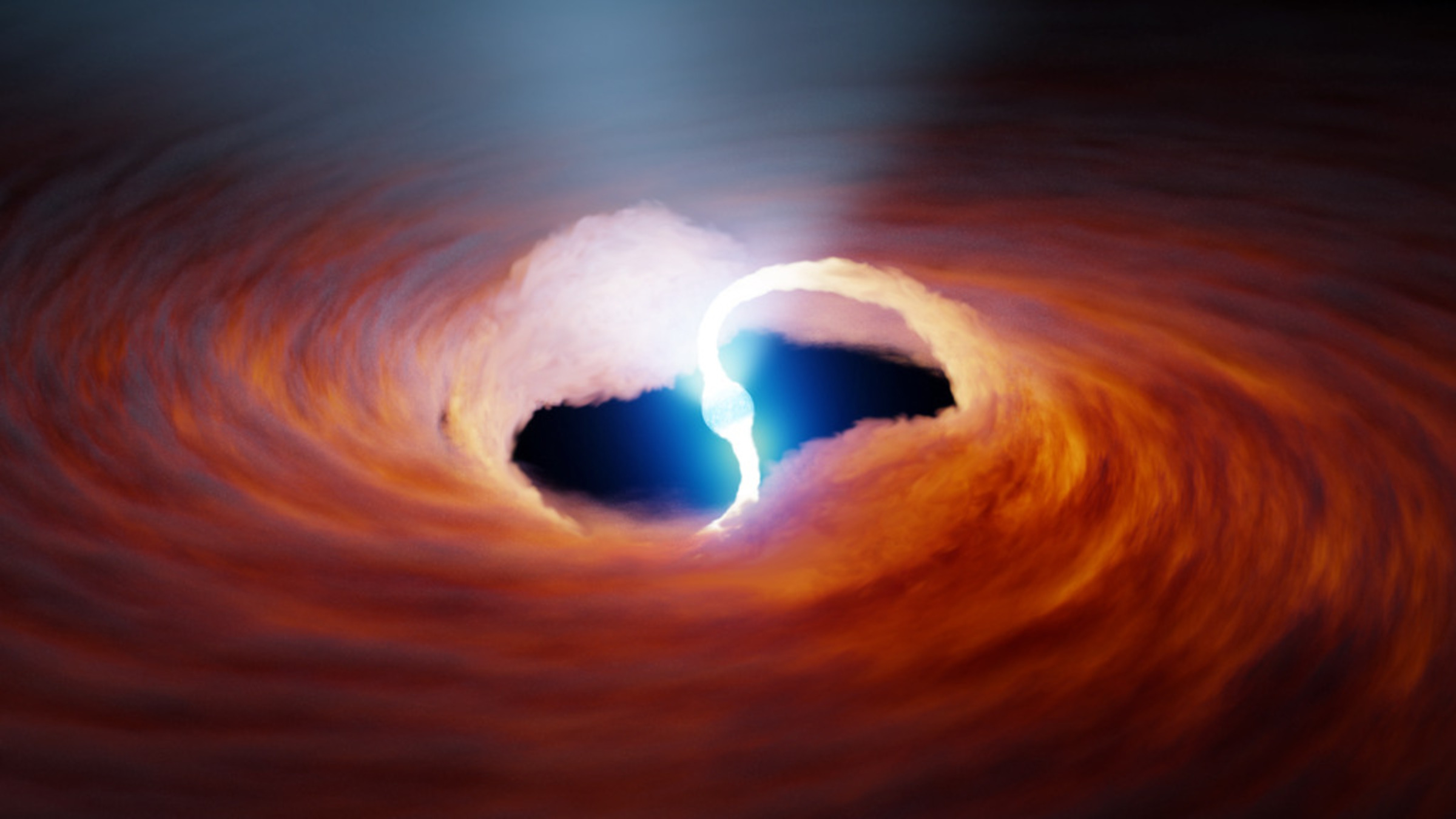

During the past week, NuSTAR observed the ultraluminous X-ray pulsar (ULXP) NGC5907 ULX1 in coordination with ESA's soft X-ray observatory XMM-Newton. Ultraluminous X-ray sources are now widely understood to be the best nearby examples of super-Eddington accretion, an extreme accretion regime that may be required to rapidly grow supermassive black holes in the early Universe. This was spectacularly confirmed with the discovery by NuSTAR that some of these sources are unambiguously powered by highly super-Eddington neutron stars and not black holes as previously thought (see https://www.nustar.caltech.edu/news/nustar141008). Investigations are underway to determine exactly how these neutron stars are able to reach such high luminosities. NGC5907 ULX1 is the most extreme of the ULXPs currently known, able to reach an apparent luminosity of ~1e41 erg/s, an astonishing ~500 times its "Eddington limit" (the theoretical maximum luminosity any source can achieve in a simplified situation of spherical symmetry and weak magnetic fields). However, NGC5907 ULX1 had spent almost two years in a low-luminosity state, but has recently recovered again to the extreme luminosity it has exhibited previously. Scientists had been waiting for this change to occur and so new NuSTAR and XMM-Newton target-of-opportunity coordinated observations were triggered and scheduled this month. Preliminary inspection of these data suggest that they provide a new measurement of the spin period of the neutron star powering NGC5907 ULX1. This is the first spin measurement obtained since 2021 and will be vital in refining models of how the neutron star spins up while at high luminosity, and spins down while at low luminosity. In turn, this will improve understanding of both the extreme magnetic field strength and the connection to the super-Eddington accretion flow in this remarkable system.
Authors: Dominic Walton (Senior Lecturer in Astrophysics, University of Hertfordshire, UK)